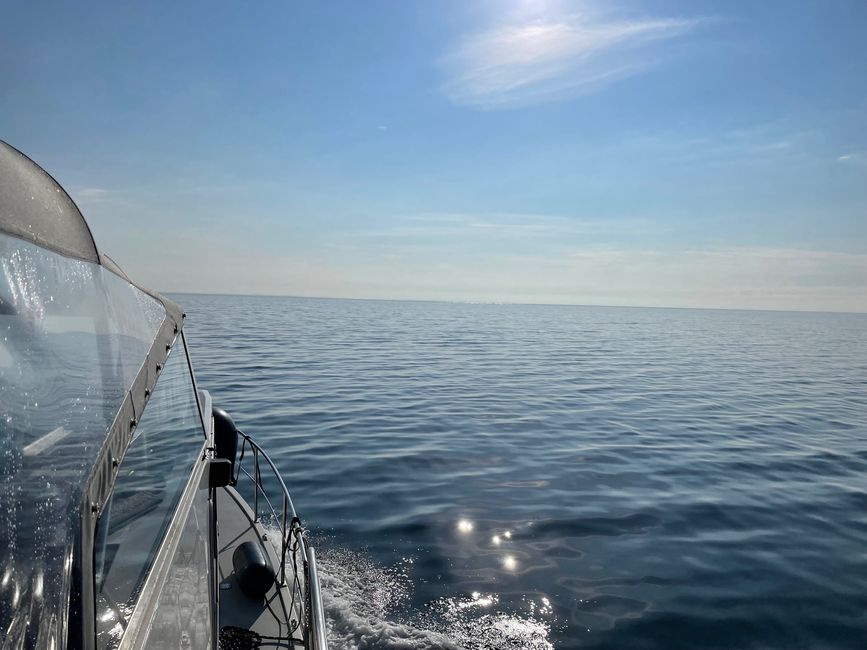
Odenwälder-auf-dem-Weg-ins-Mittelmeer
vakantio.de/odenwalder-auf-dem-weg-ins-mittelmeer
Barcelona
已发表: 13.07.2023
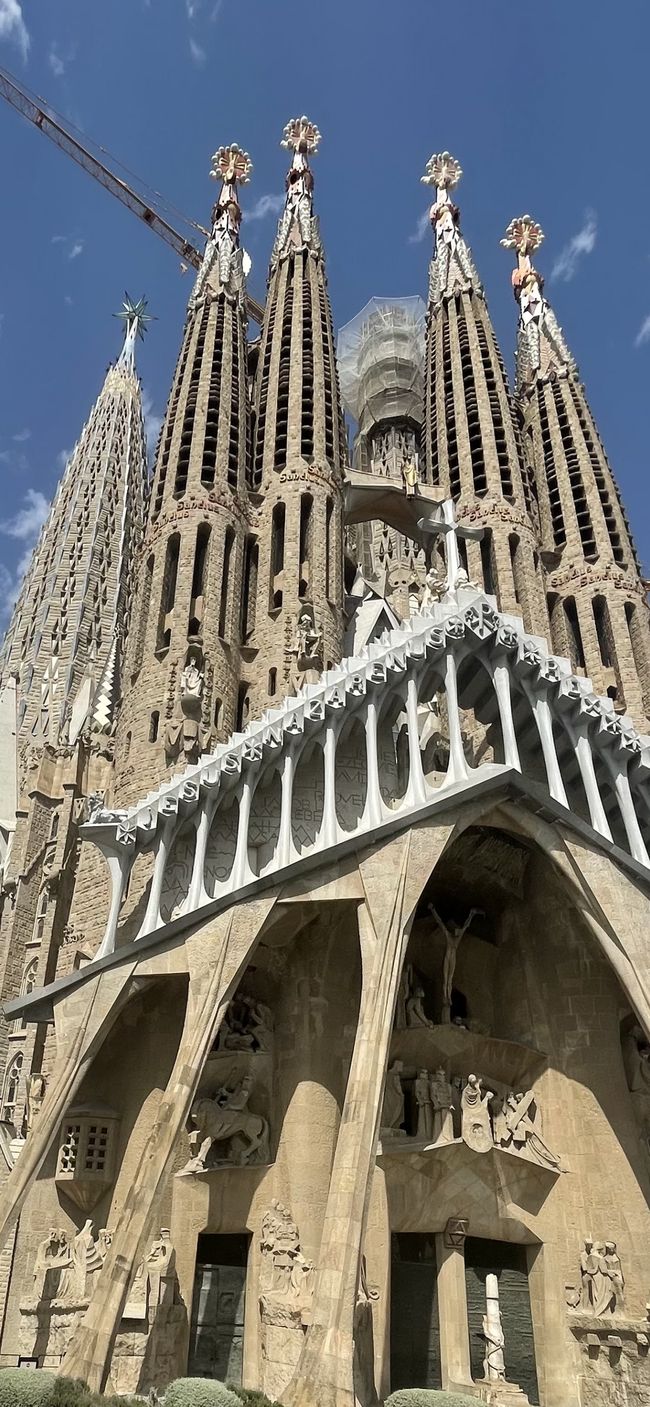
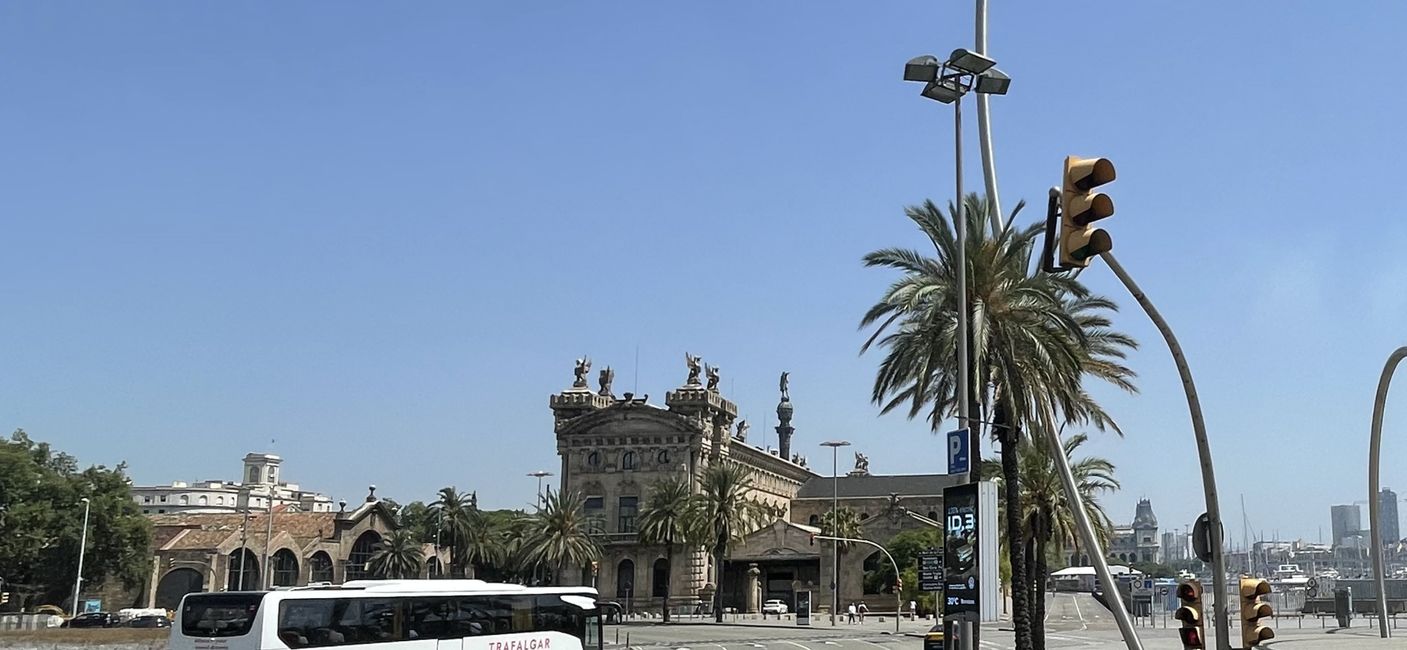
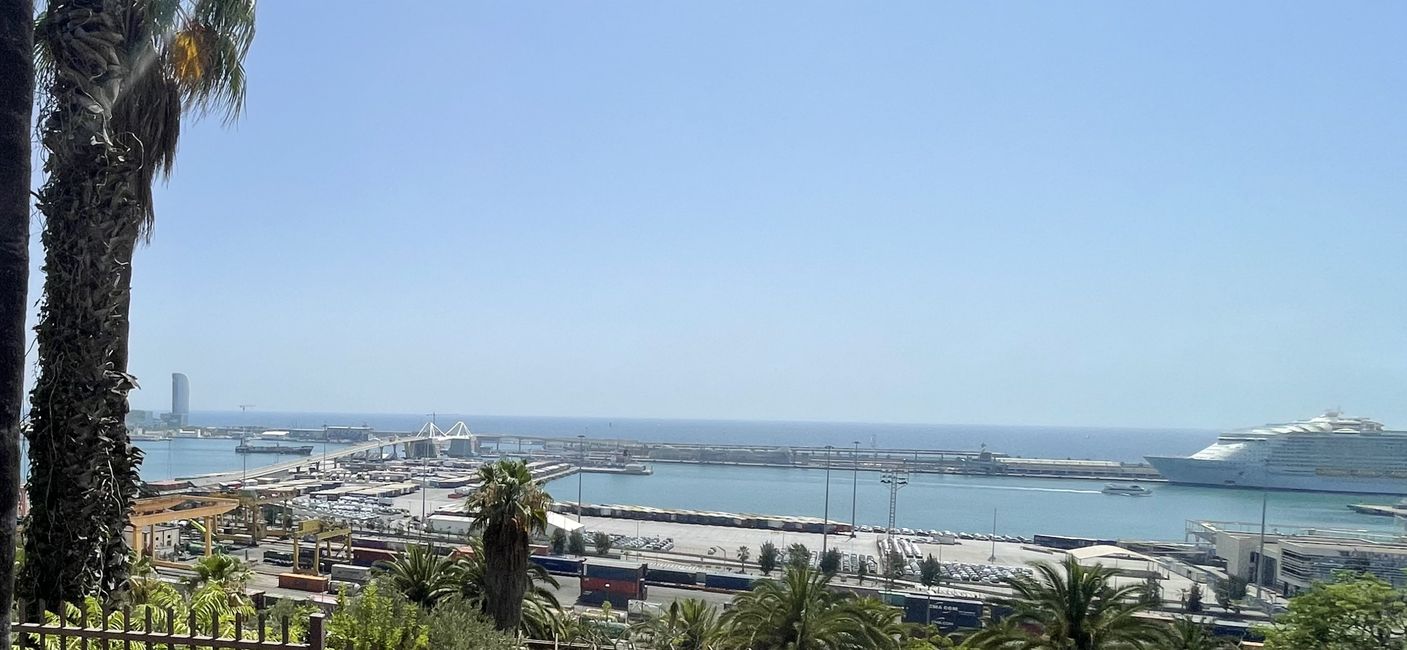
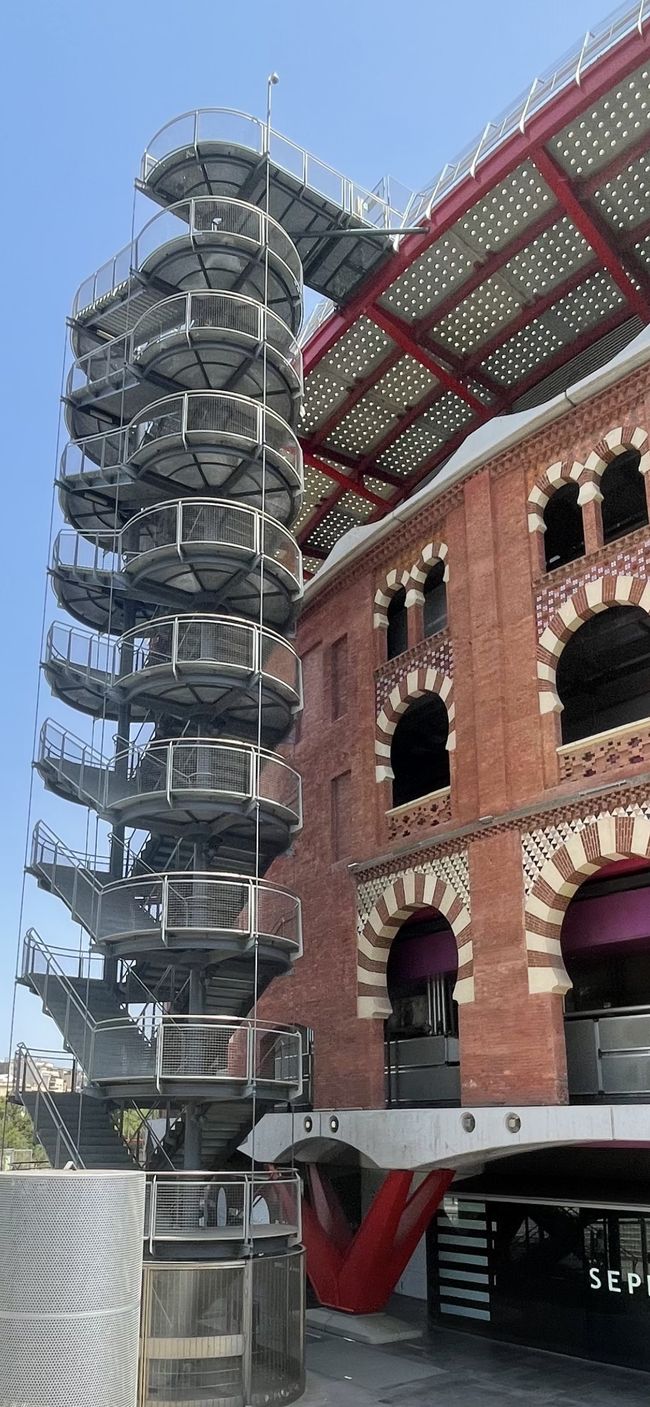
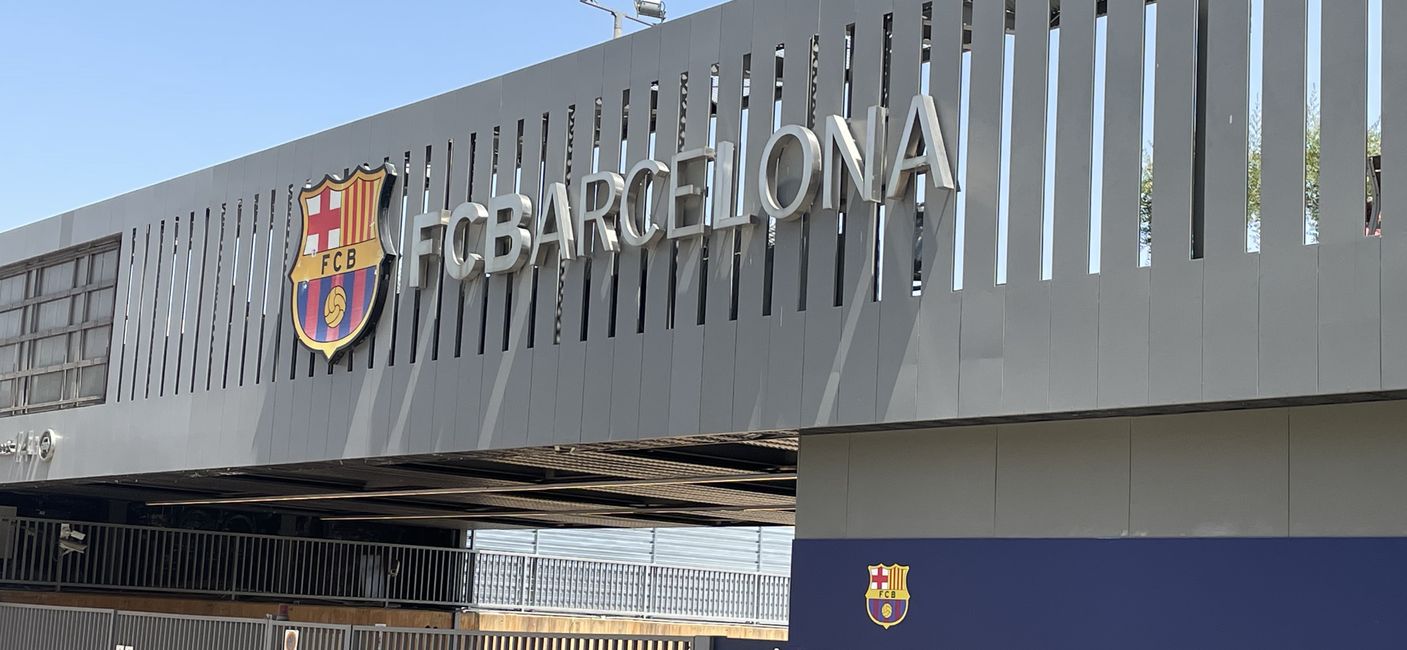
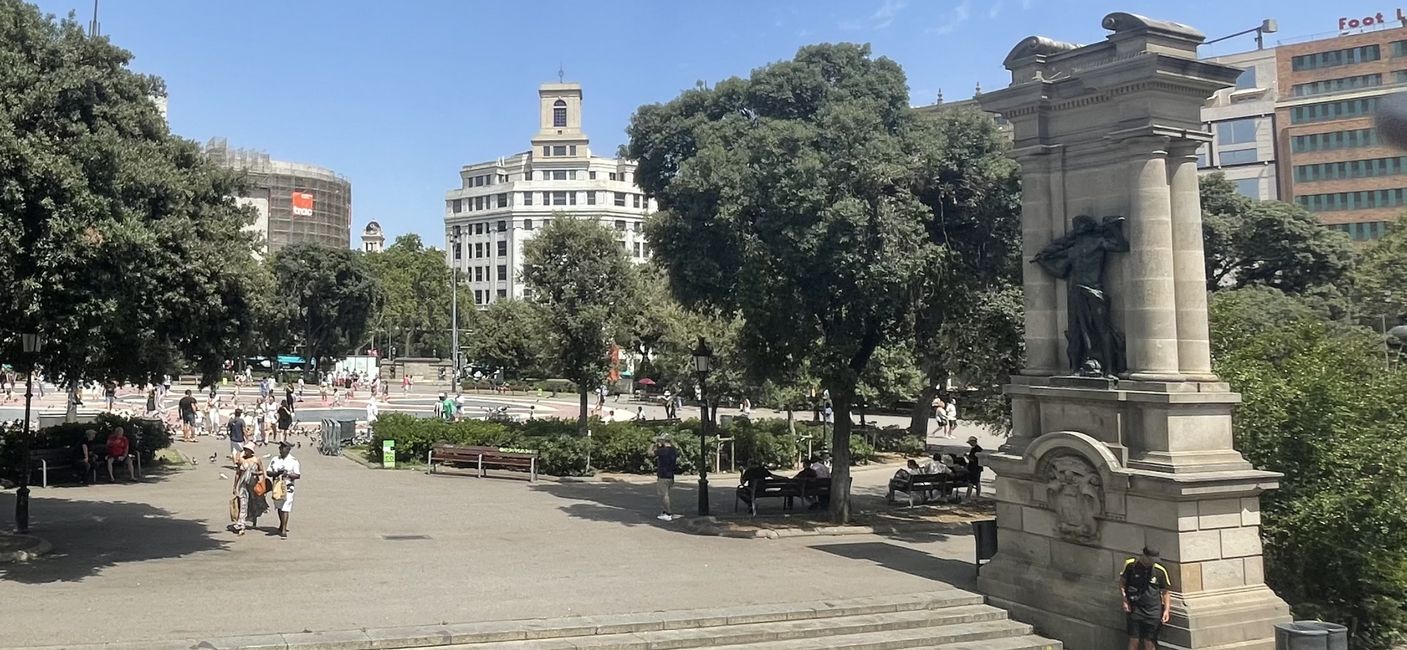
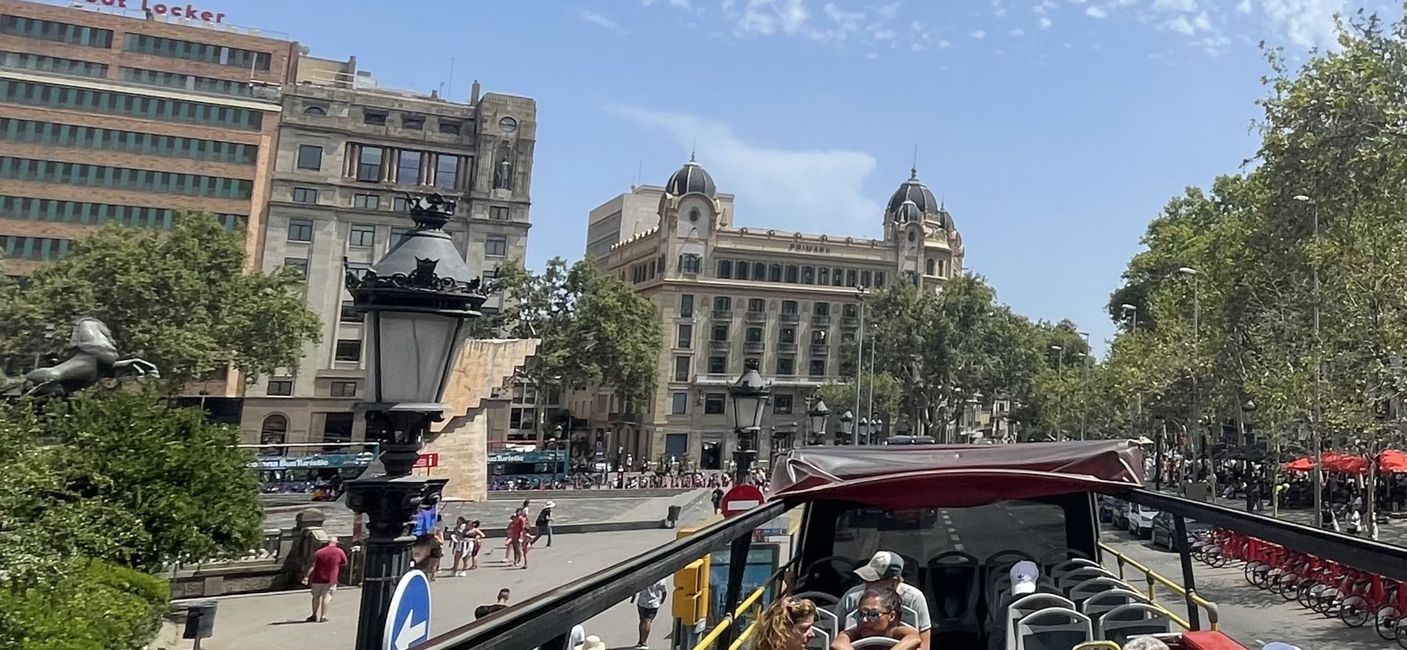
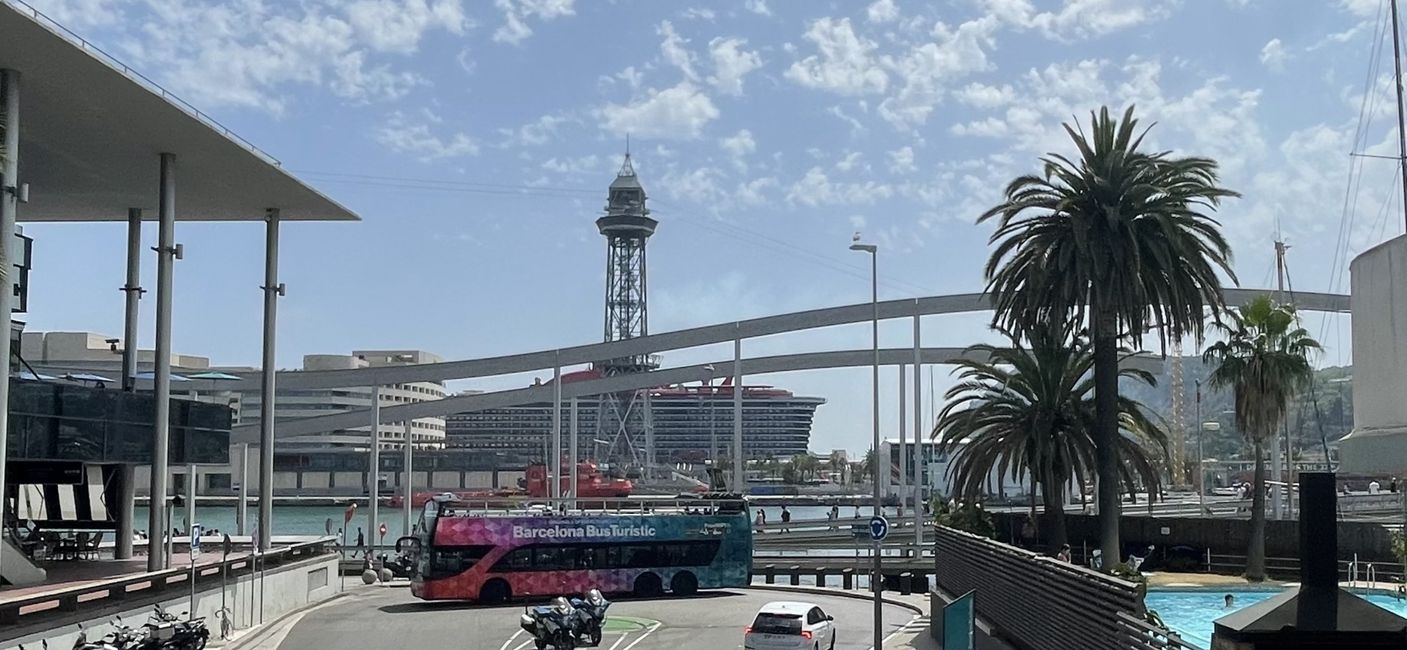
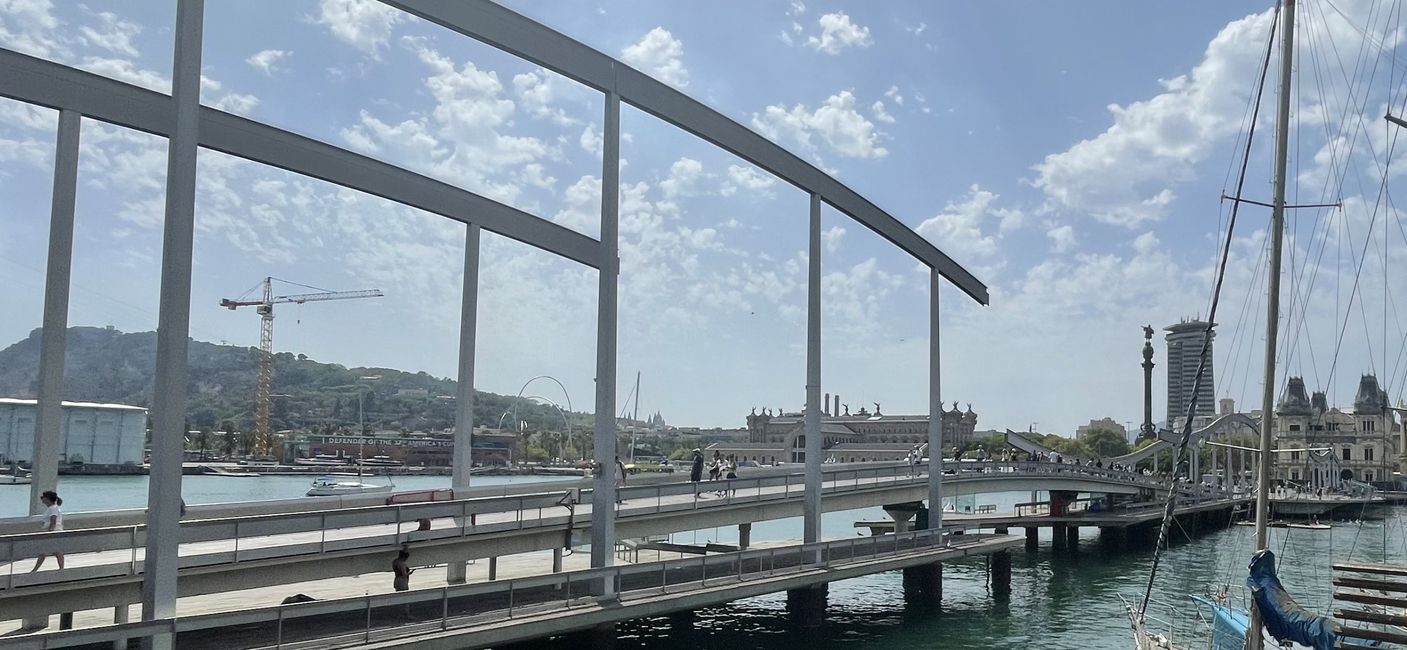
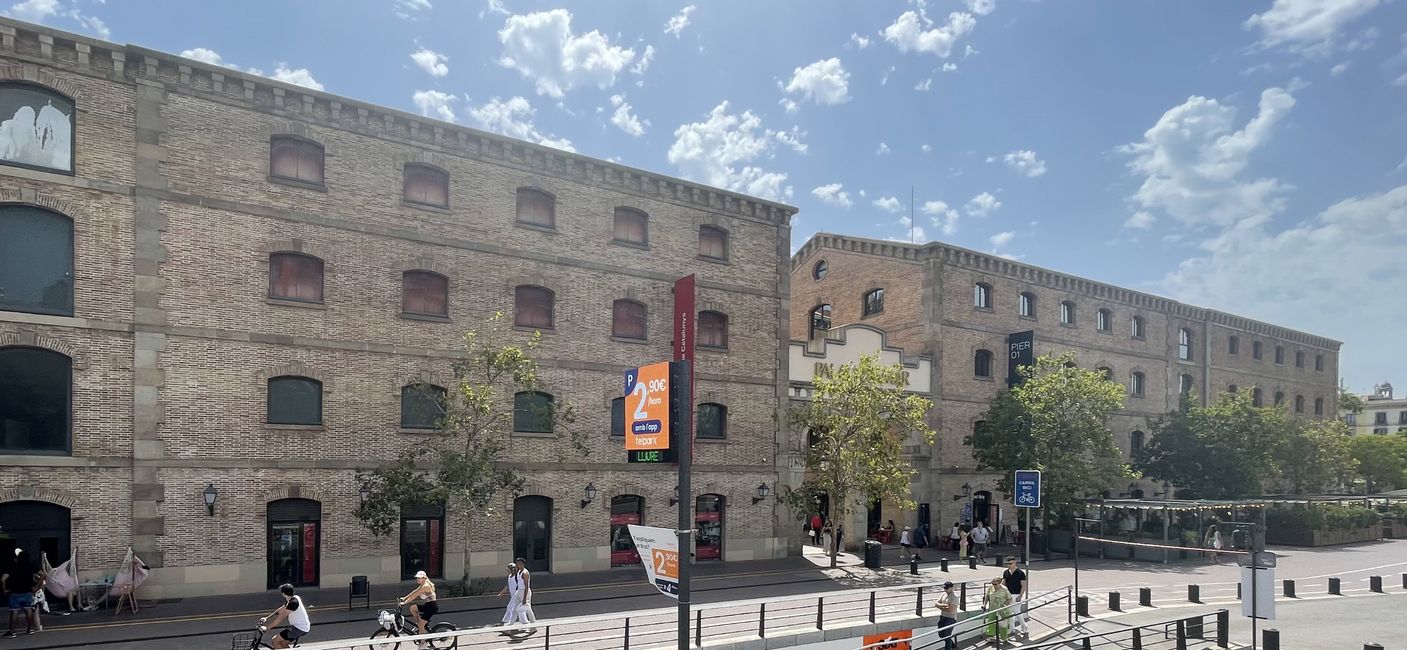
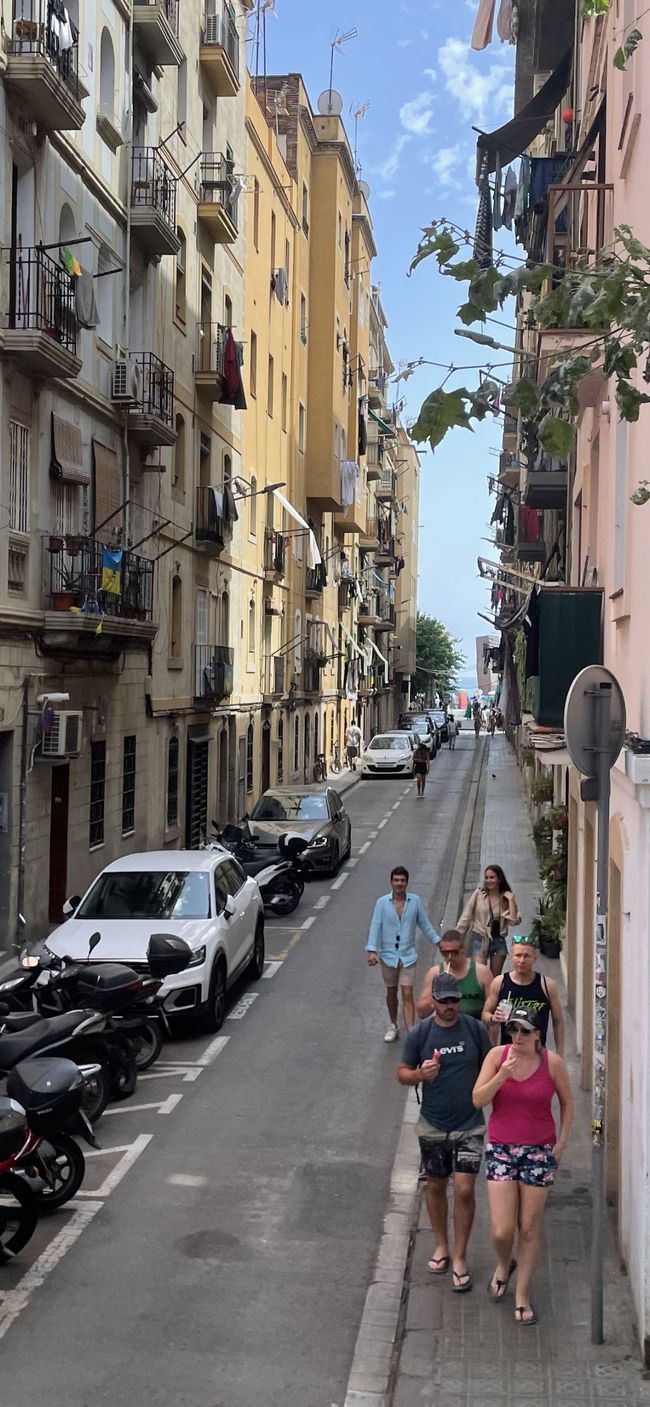
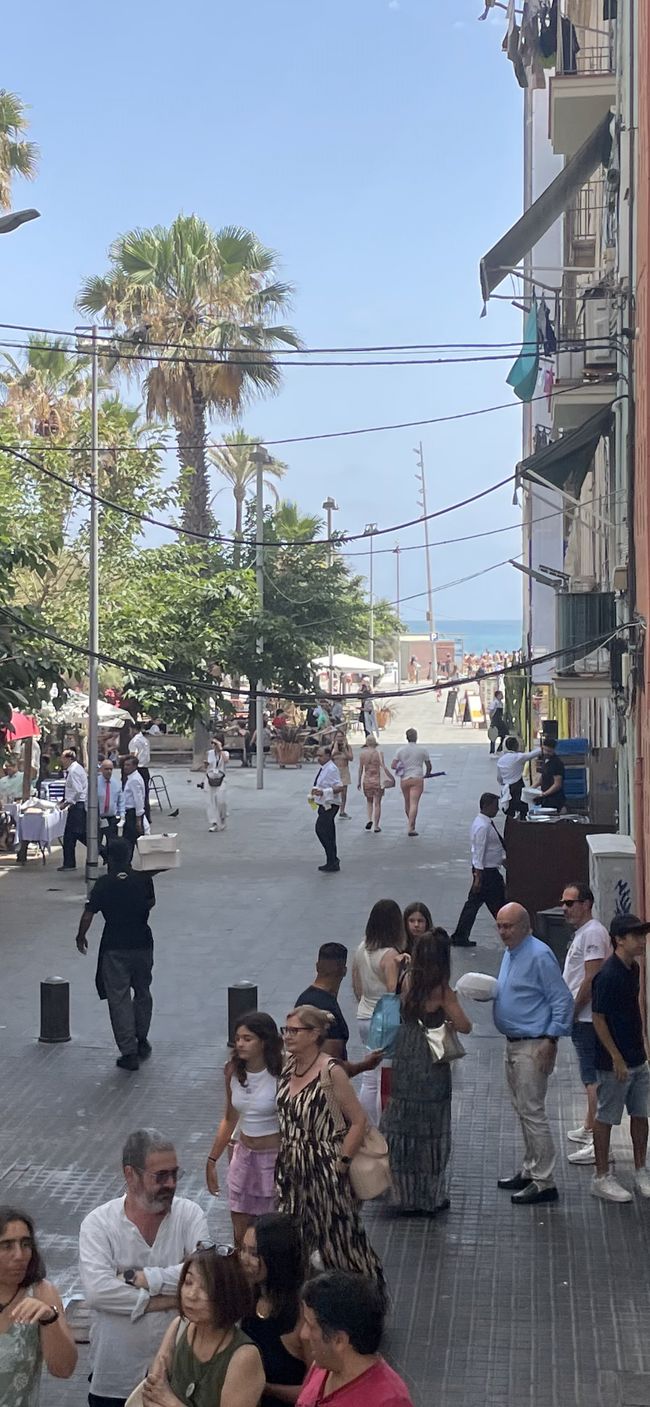
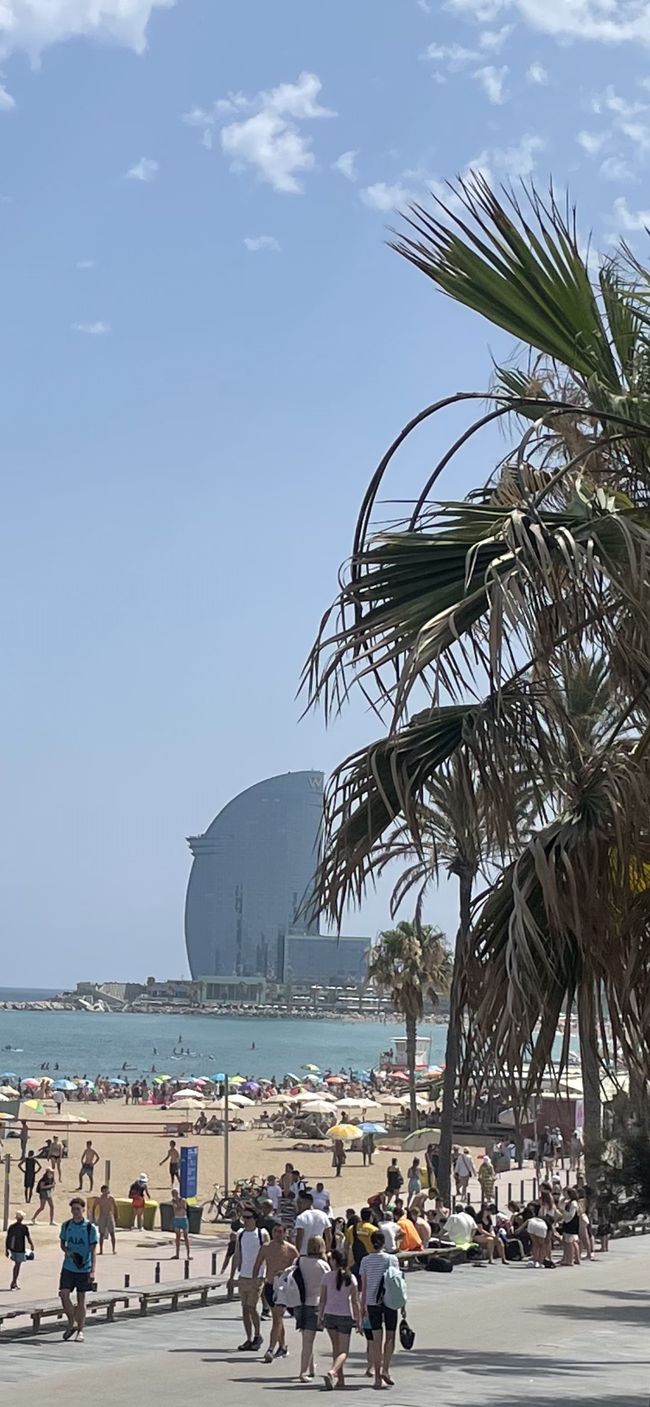
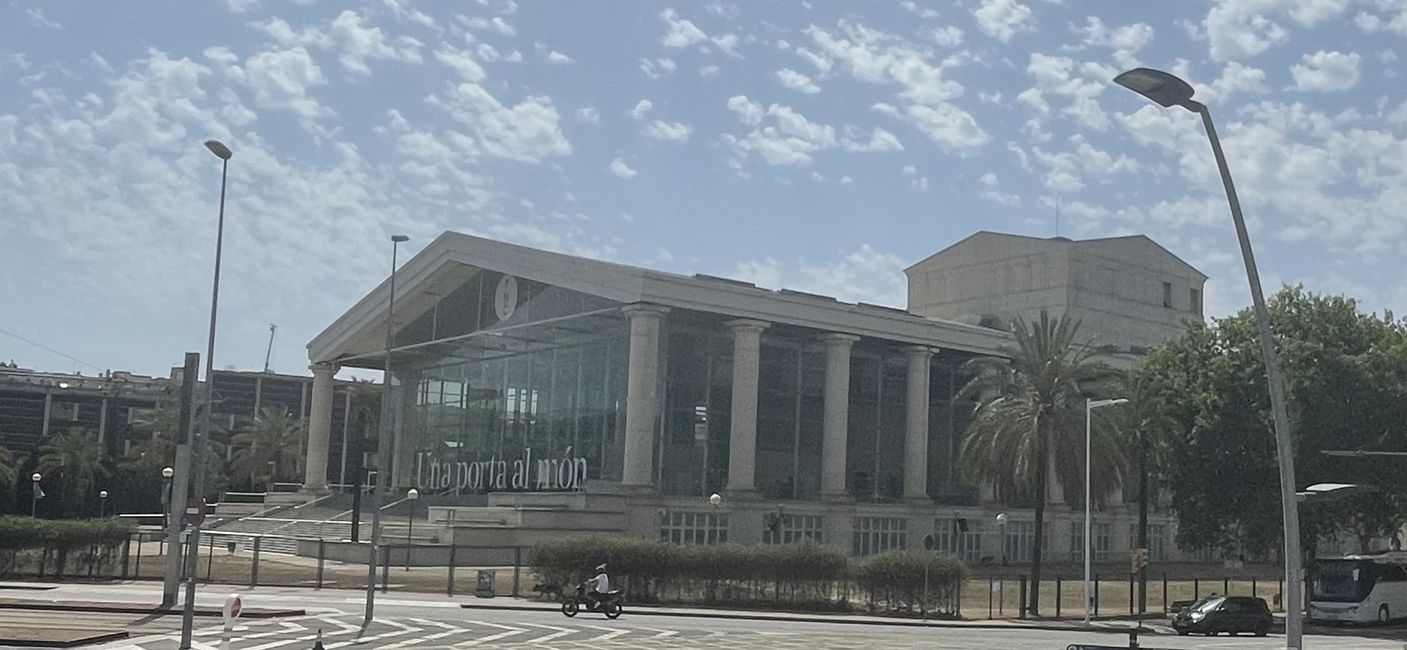
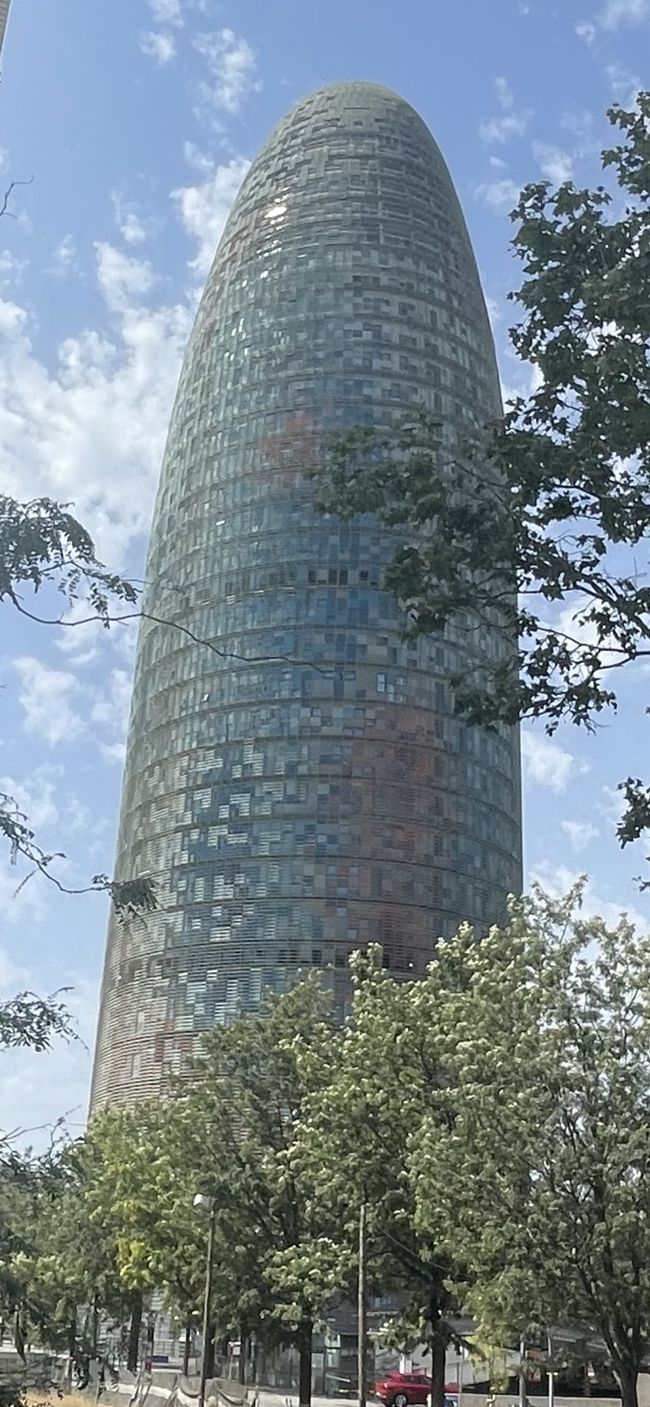
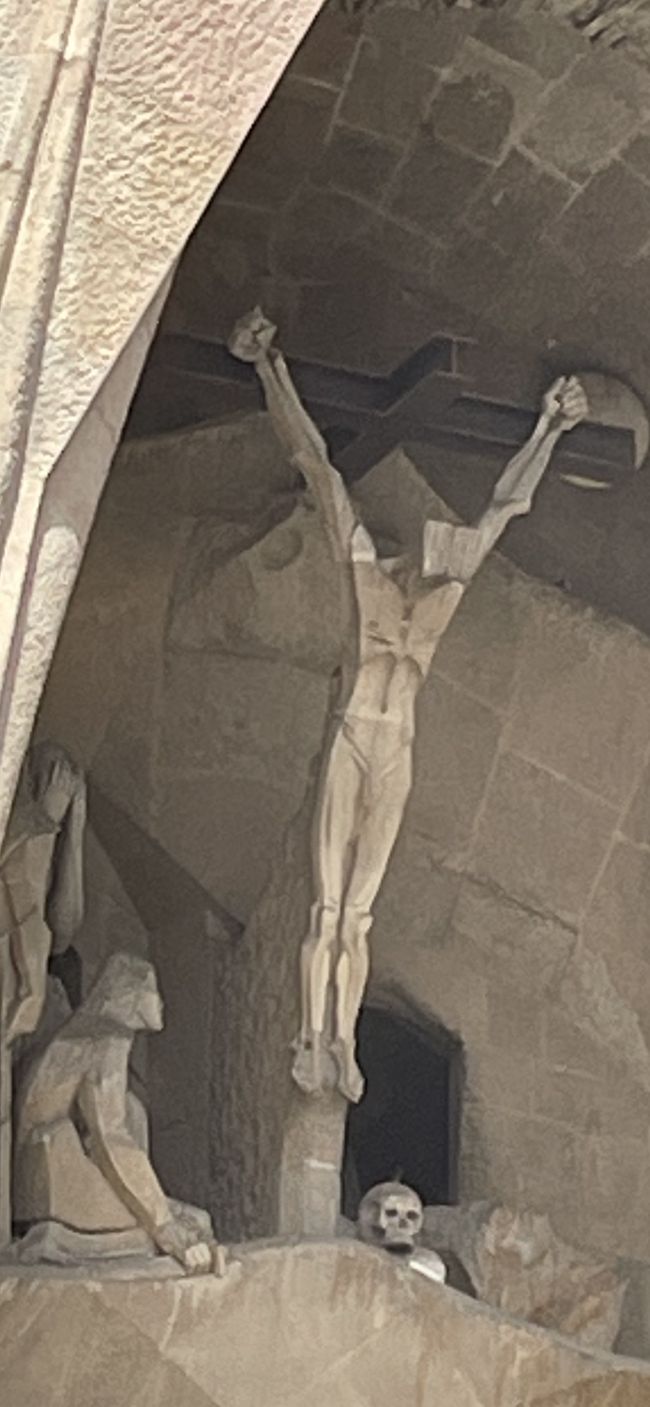
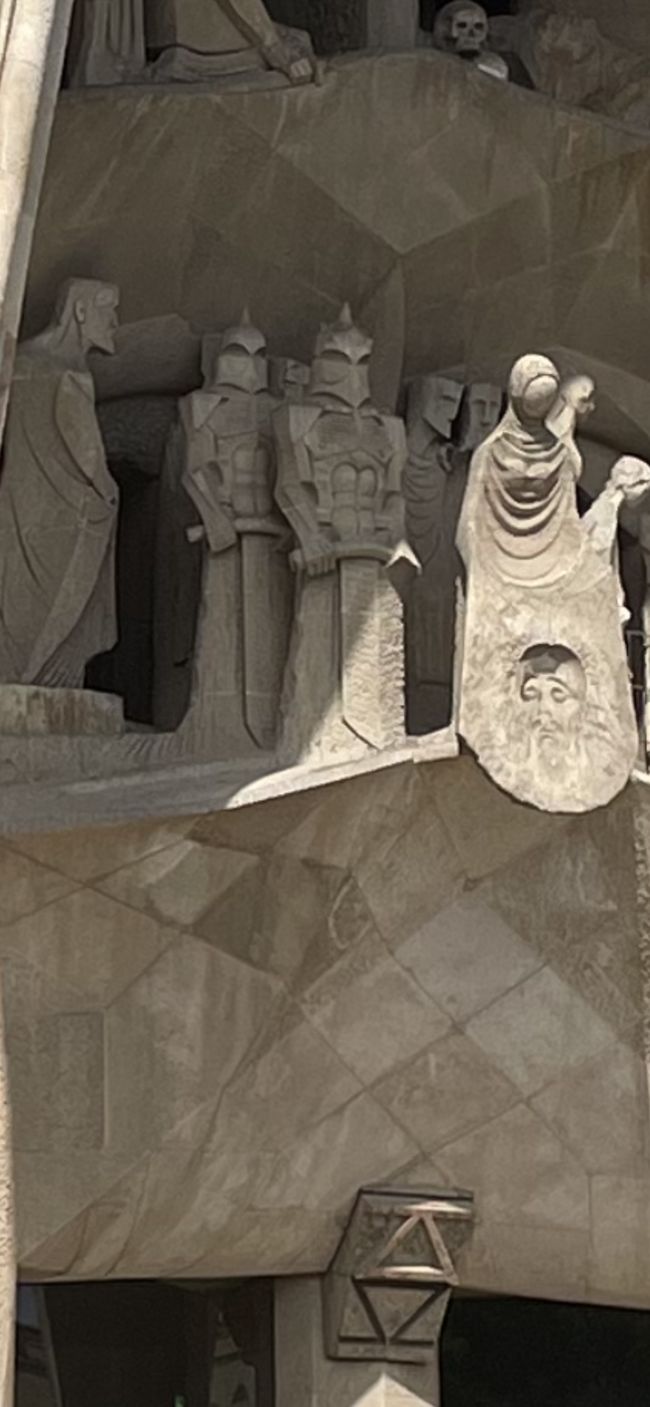
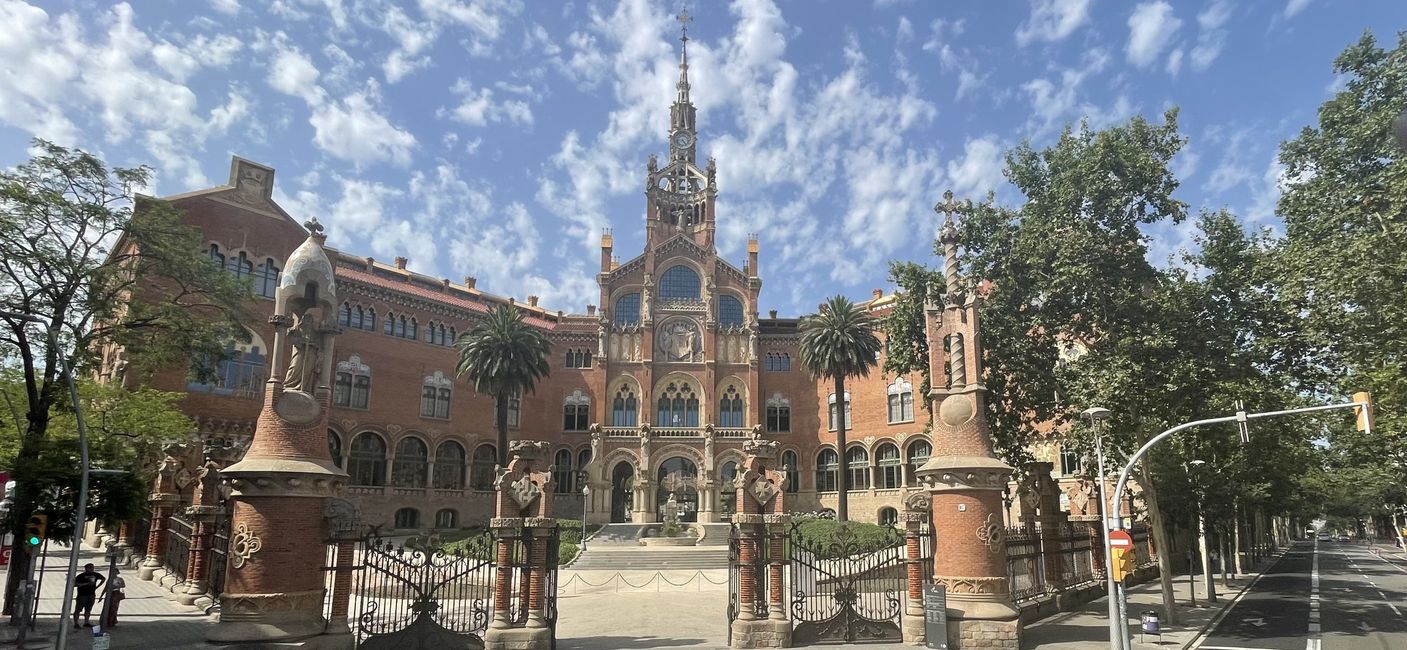
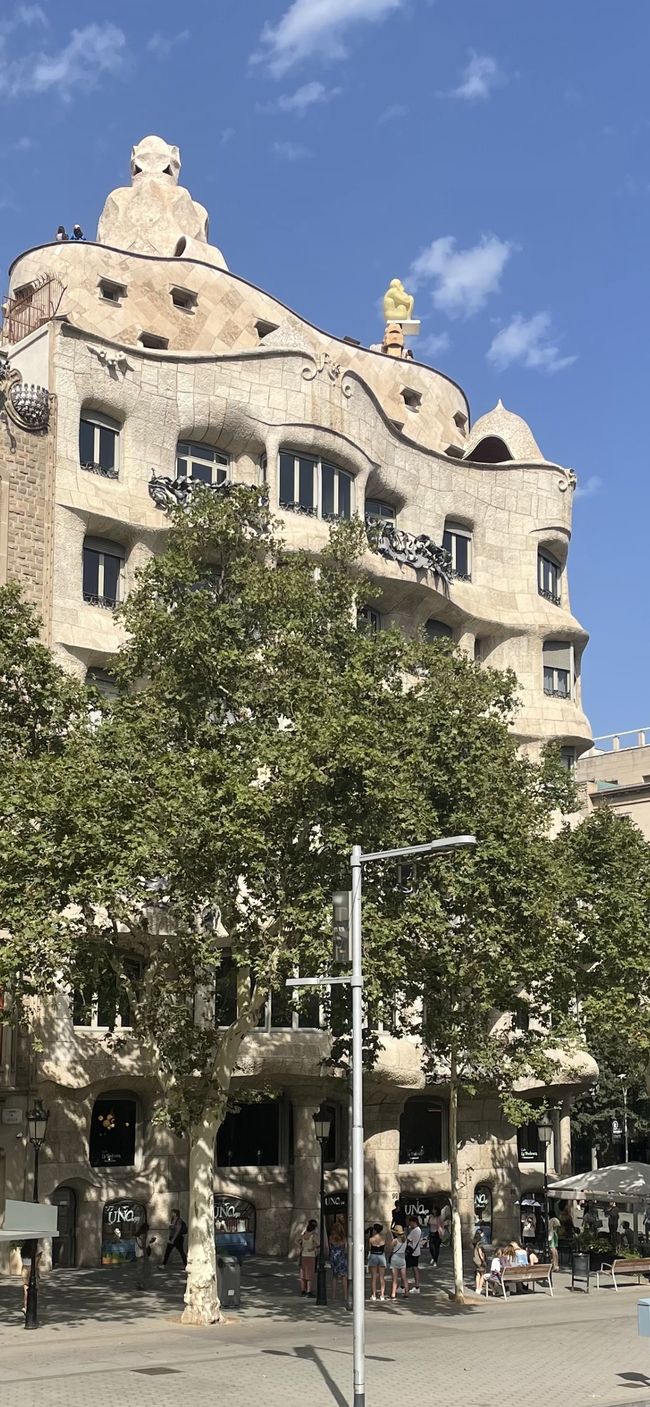
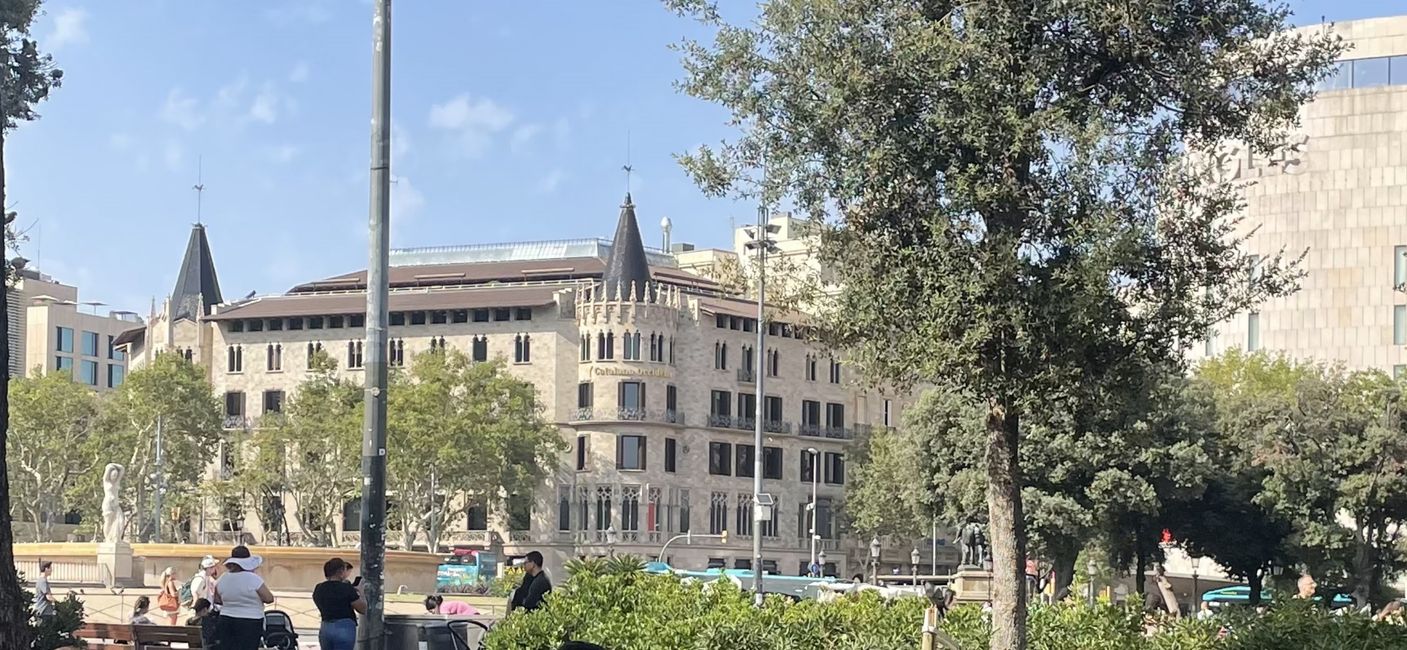
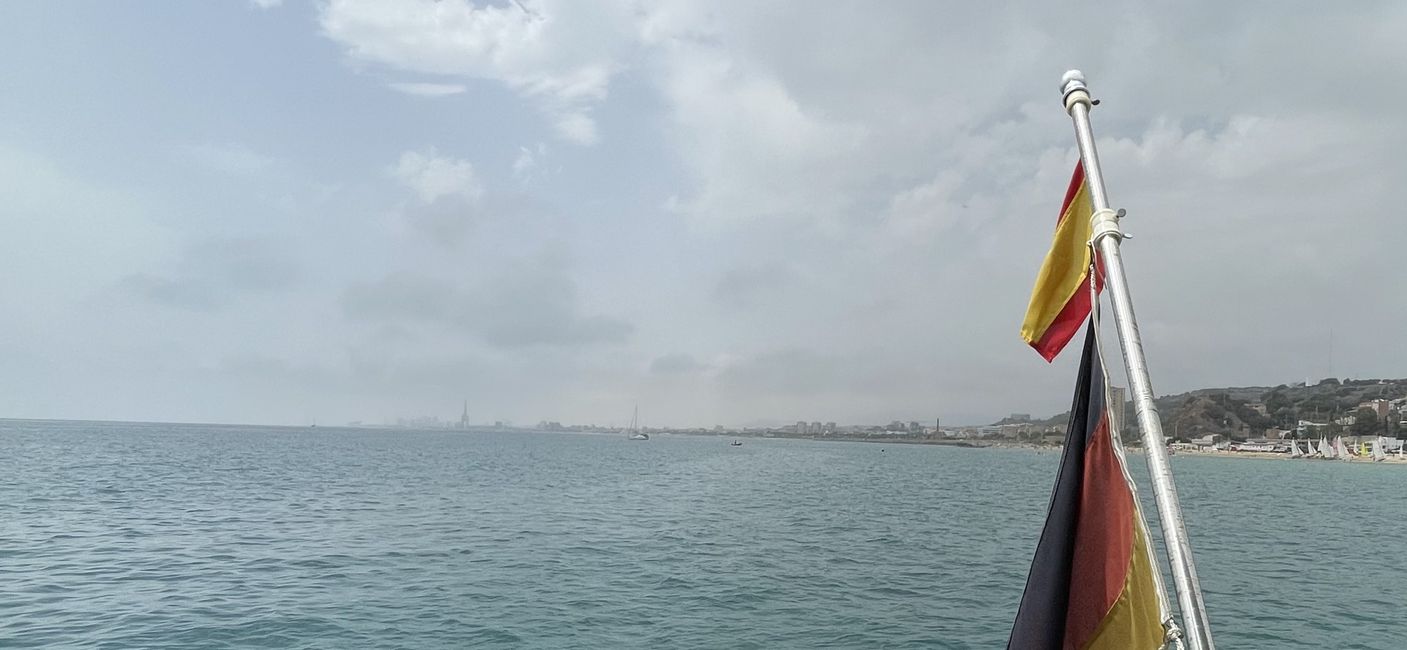
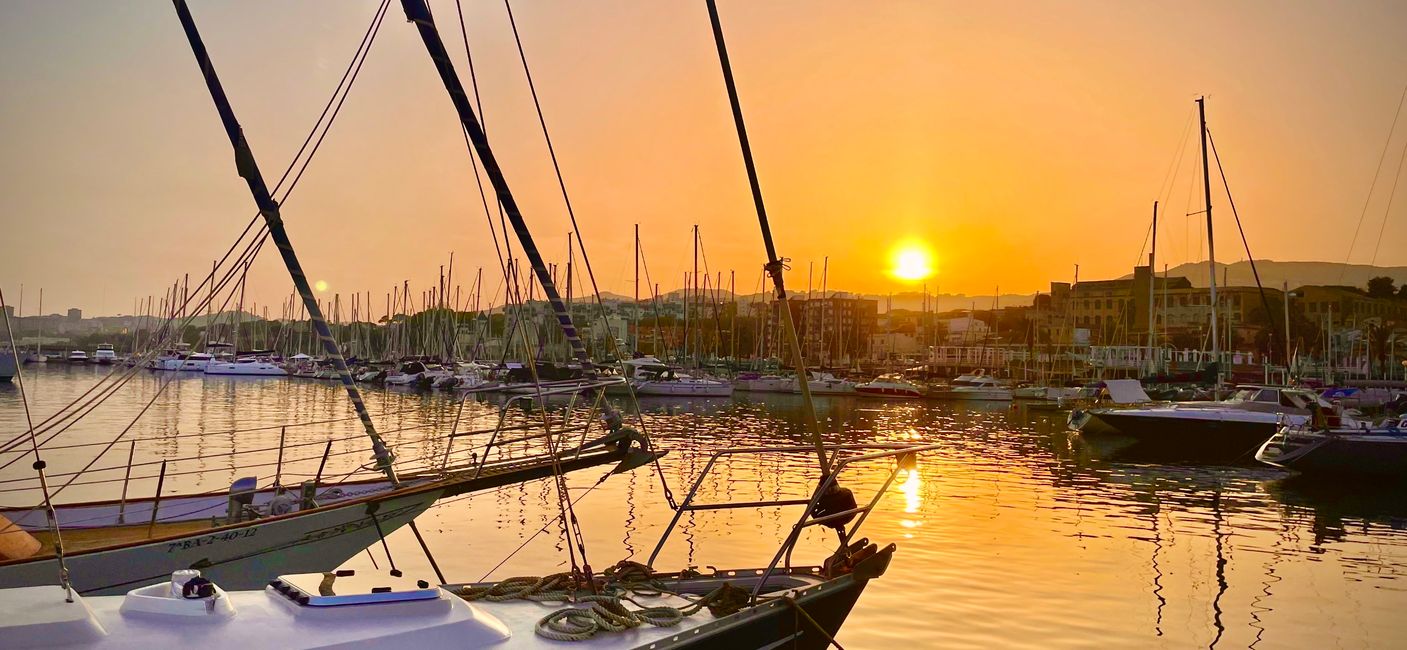
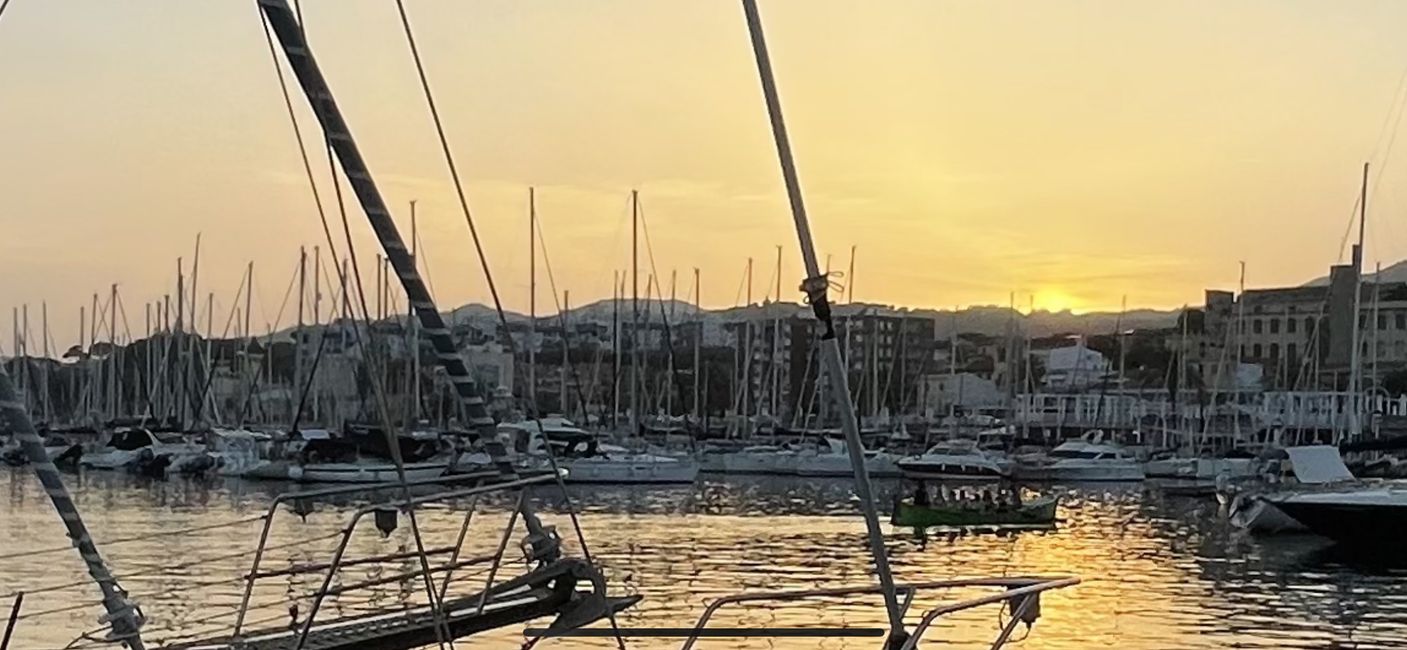
订阅时事通讯
On the first day after our arrival in the port of el Masnou, Gustav was in the spotlight.
Since leaving our Kandel in Erfelden on the Rhine, we have covered 2007 km. Since 30.04.2023, we have navigated the Rhine, the Moselle, the Marne-Rhine Canal, Embranchement-Nancy, a small section of the Vosges Canal, back to the Moselle to Toul, from there to the Marne-Rhine Canal, over the Champagne-Bourgogne Canal into the Saône and Rhône rivers until Port-Saint-Louis-du-Rhône.
Here we enter the Mediterranean Sea.
Our Gustav has been and continues to be a reliable companion, and we are very proud of him.
Since leaving Kandel, we have passed 280 locks along the way, and according to the Navinaut records, we have passed under 679 bridges.
Aside from the fact that the Vosges Canal is still closed and the journey south on this route is thus significantly extended or made more difficult, we can draw a first conclusion.
The canals were navigable with our draught of 1.10 m. In some places, there was significant vegetation in the canal, and some vegetables collected in front of the locks.
We were traveling outside the season, which had the advantage that we could enter almost all locks without waiting times, apart from preparing the lock.
On the rivers Moselle, Saône, and Rhône, this is not always the case, and here we had to give priority to commercial shipping from time to time. We encountered the most traffic on the Moselle, and commercial shipping on the rivers in southern France is either on weekends or plays only a secondary role.
We did not experience the problems in the locks of the canals such as missing mooring lines, strong winds, dryness, and associated restrictions in the water depth in the way described.
The weekly messages from the VNF are accurate, and I would describe the support on the French canals as exemplary, looking at the last canal section to the Saône.
Based on my observations, the shallowest water depth was 1.70 m, which almost corresponded to what was indicated in the VNF's situation report.
In Barcelona, we haven't moored with our Gustav yet, but we have already explored the city. After all, we drove there without much preparation. We then bought a ticket at el Masnou train station.
Our destination was Plaça de Catalunya, and from there, the plan was to get an impression of the city on a tour with the hop-on bus. So we were on the road for almost 5 or 6 hours, including a small break with food and drinks. We can recommend this for newcomers, at least now I have a spatial understanding of how to orient myself in this city. And that will be necessary.
The next day, we had the city on our plan again as our local supplier for ship supplies could not fulfill our wishes. So we set off with backpacks to Plaça de Catalunya, then via la Rambla to the Columbus Monument. In a side street, the parts that we still need for mooring for the winter months are supposed to be stored.
With an estimated 20 kg in our backpacks, we made our way back. In one of the lower street cafes on la Rambla, we were practically dragged onto our chairs. The fact that an elderly lady was sitting in front of a beer stein there made me blind. Although I said to Heike, a stein costs €14 in Munich, it can't be more expensive here. Hope dies last, the bill is hanging in Gustav on the cheat strip.
On the way to Plaça de Catalunya, we had a view into the Gothic Quarter to the east. And it remains on our wish list. I didn't want to pass by Mercat de la Boqueria without taking a look inside. Clear recommendation, although at around 28°C, 92% humidity, and with a feeling of 20 kg in our backpacks, sweat was pouring out of all my pores. There were significantly more visitors in the hall at 2:00 p.m., and we had to fight our way through the narrow streets between the stalls. We fled, but 1 kg of lobster had to pay the price. That secured our dinner.
Back in el Masnou, we bought some drinks, water, and unexpectedly 4 bottles of Franziskaner Hefe Dunkel😊.
Of course, a trip with anchoring was still on our plan, and we took care of that on Tuesday. The conditions in the Navily app were indicated with a 50% recommendation at anchoring time. We were rocking considerably, and it was a bit of getting used to. The sea was quite stomach-churning for my first officer, and we urgently need to practice that.
The temperatures are actually bearable, only the high humidity bothers me a bit. Thanks to the air conditioning, which we were able to start operating before departure. After we found the cause of the daily error messages, we were able to load the system to its full capacity. Since then, the unit has been providing a constant 21°C in the captain's cabin. This place has become our retreat.
Before we leave, we still need to prepare our Gustav for the time in el Masnou. If there is another window of opportunity, we will also visit Barcelona again.
For now, I will say goodbye and hope that everyone had some fun with my reports. I would appreciate a like or two😊.
Unfortunately, I cannot publish a few pictures of the people at Plaça de Catalunya for legal reasons. I can only say, come here yourself, it's worth it.
We will be back.
订阅时事通讯
回答 (1)
Ellen
Super Reise. Danke für die tollen Berichte und Bilder.
😀😍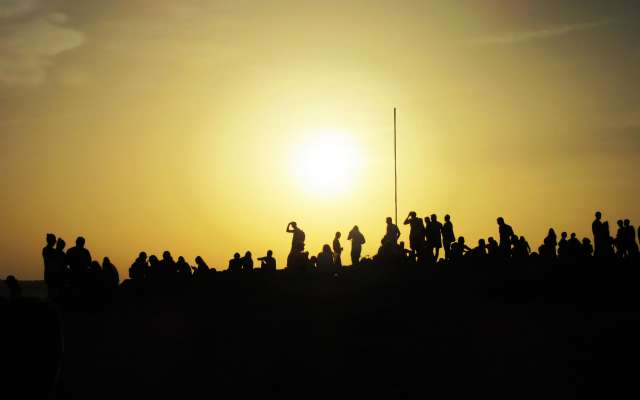
旅行报告西班牙
